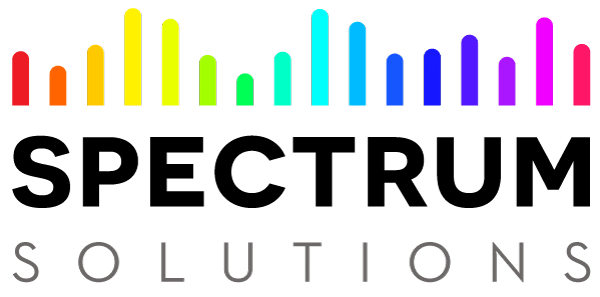11 Best Practices for Building CADWorx Piping Models
There are many routes you can take to get from start to finish with a CADWorx piping design project.The route you want is the one that will have you finish on-time and in the most effective way possible.
This is how we define best practice: “A procedure that is correct and produces quality results every time.”
When you start implementing a best practice, it may seem like you are doing more work in the beginning but there is a good reason for it. The result will consistently bring in results that are “clean” and of significant quality.
CADWorx Plant Professional Best Practices
Below are a few best practices we recommend for designers using CADWorx Plant Professional to produce piping layout models.
These best practices are in place to ensure that the input a CADWorx piping designer places inside the model is consistent throughout the entire project.
11 Best Practices for Accurate Piping Models
The steps outlined below are a sequence of events that, when followed, allow for the most accurate piping models with minimal rework to the isometric and orthographic drawings.
- Always use a CADWorx template when creating new models.
- Only use models that have been created or provided with the project.
- The “North” direction should always be oriented in the positive “Y” direction and “East” direction should always be oriented in the positive “X” direction.
- Do not place Non-CADWorx created objects on default layers created by CADWorx, i.e. “System,” “Steel,” “piping layers,” etc.
- It is recommended to establish a “Plant North” orientation.
- Use proper layering techniques
- Confirm CADWorx places objects on correct layers (IsoGen Supplemental, Restraint, etc.) rather than the layer “0” (zero), change the object to the “System” or appropriate layer.
- When inserting an XREF into the working model, remember the following:
- Always insert it as an Overlay
- Insert it on a dedicated layer such as “XREF”
- Make sure the UCS is set to “World”
- Make sure the Long Description, Tag, and DBCode of a piping component is correct when it is inserted into the model. Verify the component information against the paper specification for accuracy.
- When routing new lines use a line number convention that includes sheet number and always start with sheet number “01.”
- When numbering “existing” lines always prefix the line number with “EXIST.” For example: If you are tying into an existing line number 10”-PL-100-A1A, change the prefix so it will read, EXIST. 10”-PL-100-A1A.
- Always prefix “trim” isometrics with “TRIM.“ For example: If you are modeling a level transmitter tagged “LT-1001” attached to a vessel tagged “V-100,” the line number should be TRIM-LT10001-V100_01.
Bonus tip: Deliverable drawings should not reside in a model file.
Optimal CADWorx Piping Rule Settings
CADWorx 2013 and newer uses “Piping Rules” to help with pipe modeling tasks and to ensure the models maintain a high level of accuracy.
You can access the Piping Rules through the CADWorx Plant Setup. The illustration below displays our recommended optimal settings for the Piping Rules:
It is generally encouraged not make changes to the piping rules. However, there are times where changes are required. It is important to note that any Piping Rule change is stored within the file in which it was modified and will remain changed until it is changed again throughout the life of the file.
A properly set up project by a CADWorx Administrator will help to automate some of these practices. For example, CADWorx Template files should be the responsibility of the CADWorx Administrator. As well as the Digital Piping Specifications, which should be built by the CADWorx Administrator to insure the Piping Components Long Descriptions are accurate.
Consistency leads to efficiency which keeps costs down and profits up.
It means less re-work for designers, less headaches for project managers, and happy clients. So, hop in the driver’s seat, plan your route, and finish your CADWorx design project on-time and under budget by implementing these CADWorx best practices.
